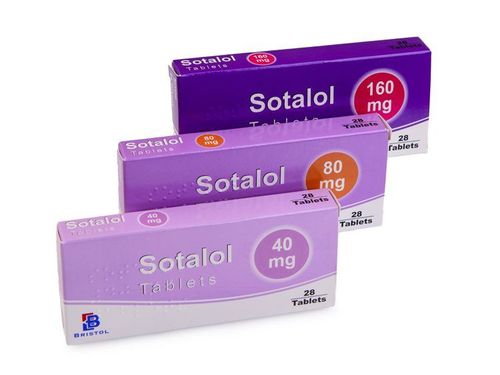This is an automatically translated article.
Ragi is a versatile, nutrient-rich nut concentrated mainly in regions with high geography and hot dry climates. For hundreds of years, this nut has been a staple food for millions of people around the world. Today, people with diabetes often have the same question about how certain whole foods or grains can affect their glycemic index.
1. Nutritional value of Ragi . seeds
Although most nuts are a great source of nutrients, Ragi seeds have some unique nutrients that make many people seek out this product. Ragi seeds contain higher levels of calcium and potassium than other nuts, as well as other whole grain foods or grains.
For this reason, it has been suggested that Ragi seeds can help combat calcium deficiency and prevent calcium-related diseases such as osteoporosis, weakening of bones and loss of bone density.
Health benefits from Ragi seeds don't stop there. This seed also contains many prebiotic compounds. Fermenting Ragi seeds can increase the nutrient content of the seeds.

Hạt Ragi lên men chứa lượng dinh dưỡng cao hơn bình thường
2. Ragi seeds and diabetes
Diabetes is a common disease affecting more than 422 million people worldwide. This disease causes complications such as infection, blindness, kidney disease, heart attack and stroke. Diabetes is caused when blood sugar regularly exceeds a safe threshold, which happens when the body stops producing or using insulin properly.
Insulin is a hormone that helps the body transport sugar from the blood into the cells to produce energy for the body to function.
Foods containing mainly starch have a great impact on the glycemic index in the body. As a result, consumers often question the effect of grain products such as Ragi on blood sugar levels.
Research shows that Ragi seeds are a safe food for people with diabetes because when compared to white rice, they contain much higher fiber, minerals as well as amino acids. This nut has also been shown to have the ability to improve blood sugar and lower cholesterol.

Hạt Ragi được nghiên cứu là có khả năng cải thiện chỉ số đường huyết và giảm cholesterol
3. Anti-inflammatory effect
Some studies indicate that Ragi seeds can reduce oxidative stress and have anti-inflammatory properties. Inflammation is the body's immune response to fight infection. Oxygen stress occurs when the body is unable to balance levels of molecules called free radicals. These reactions are considered a natural response of the body, but when the body maintains this immune response for a long time, the incidence of diseases such as diabetes, heart disease and cancer can be reduced. can become higher.
A 4-week study in a group of lab rats with diabetes showed that eating ragi seeds can heal wounds, improve antioxidant status and control blood sugar levels, which shows that nuts Ragi can improve health conditions. However, medicine needs more and more authentic studies to prove the effects of this nut on the human body.
4. Glycemic Index
Some research on Ragi seeds suggests that the polyphenol molecule in this nut may help prevent and treat diabetes, as well as some of its complications. Polyphenols are micronutrients found in plant-based foods such as fruits, vegetables, and whole grains that aid in the treatment of diabetes caused by high concentrations of antioxidants. However, much of the research on the beneficial properties of polyphenols in ragi seeds has been in animals or in test tubes.

Phân tử Polyphenol trong Ragi có thể ngăn ngừa và điều trị bệnh tiểu đường
A study in diabetic rats found that when they ate a diet containing 20% Ragi seeds for 6 weeks, their bodies reduced the excretion of albumin and creatinine in the urine.
Albumin is a major protein structure in human blood, while creatinine is a product of protein digestion. When the concentration of protein in the urine or creatinine in the blood is too high, the body will develop complications of diabetes. However, more studies are needed to prove whether similar benefits can occur in humans.
5. How to eat Ragi . seeds
Ragi seeds can be consumed in many forms. Since Ragi seeds became popular, the market offers a wide variety of preparations from this nut such as ice cream, cakes or pasta. One of the simplest ways to add ragi to your diet is to prepare it by soaking and then boiling it or using it to make porridge. In addition, this seed is also commonly consumed in powder form.
In general, people with diabetes can safely consume ragi seeds and some studies show that this food can help stabilize blood sugar levels. Plus, it can even help reduce oxidative stress.
Customers can directly go to Vinmec Health system nationwide to visit or contact the hotline here for support.
References Healthline.com













